Latest
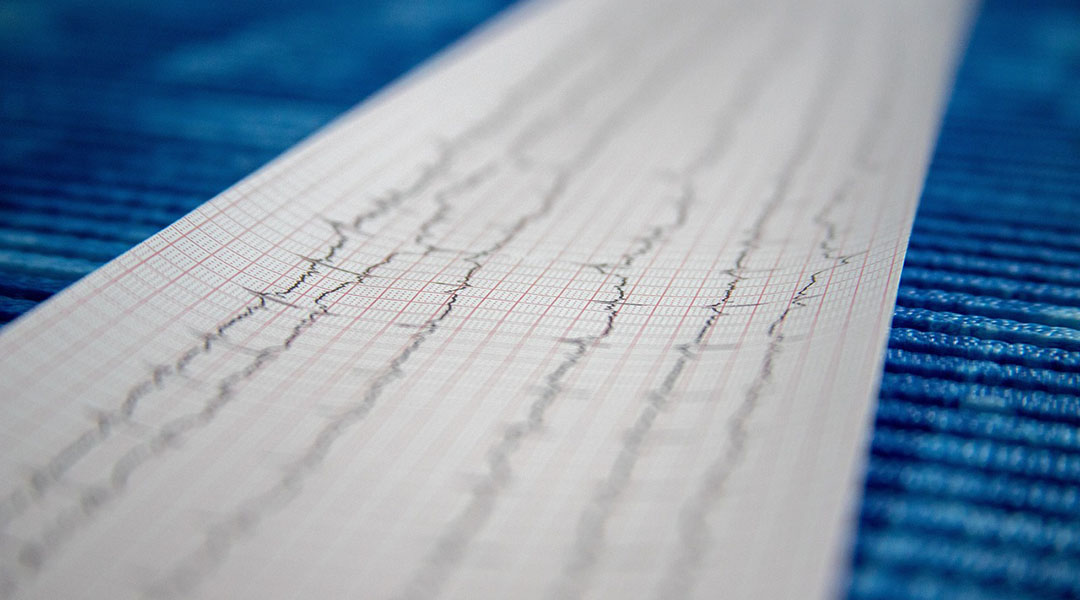
World’s smallest pacemaker dissolves once it’s no longer needed
Smaller than a grain of rice, the pacemaker is designed with temporary interventions in mind.

New machine learning tool could transform how we study neutron star mergers
A new machine learning algorithm that can rapidly pinpoint the location of a neutron star merger using gravitational wave signals alone.

Higgs boson may be driving the Universe’s expansion
Scientists assume that inflation was driven by hypothetical inflaton particles, which scientists think could be the Higgs boson.
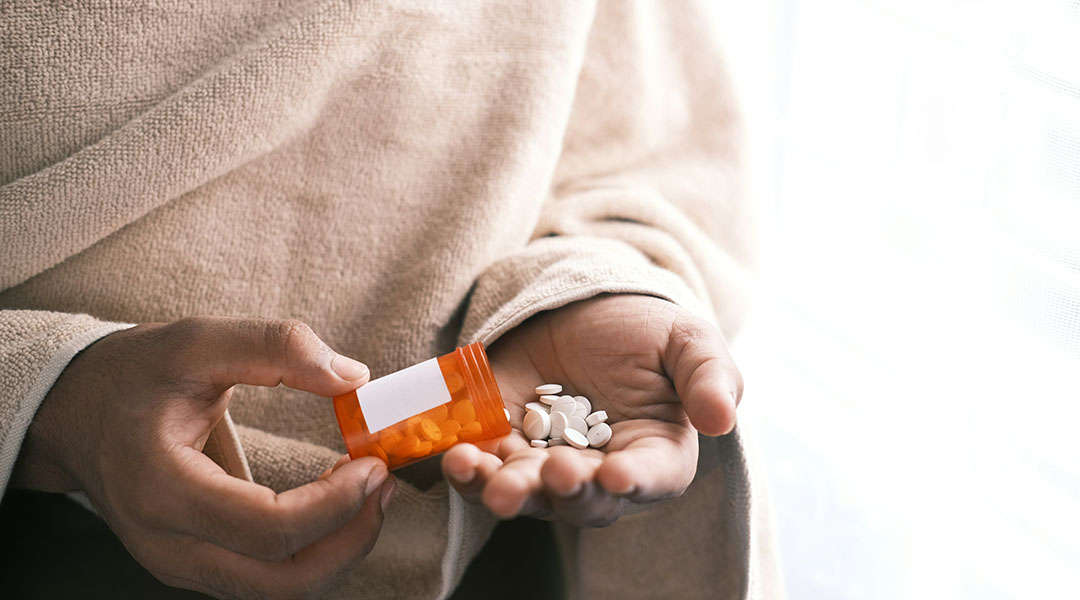
Scientists discover a new class of antibiotics
A bacterium found in a backyard could offer new hope in the fight against antibiotic resistance.
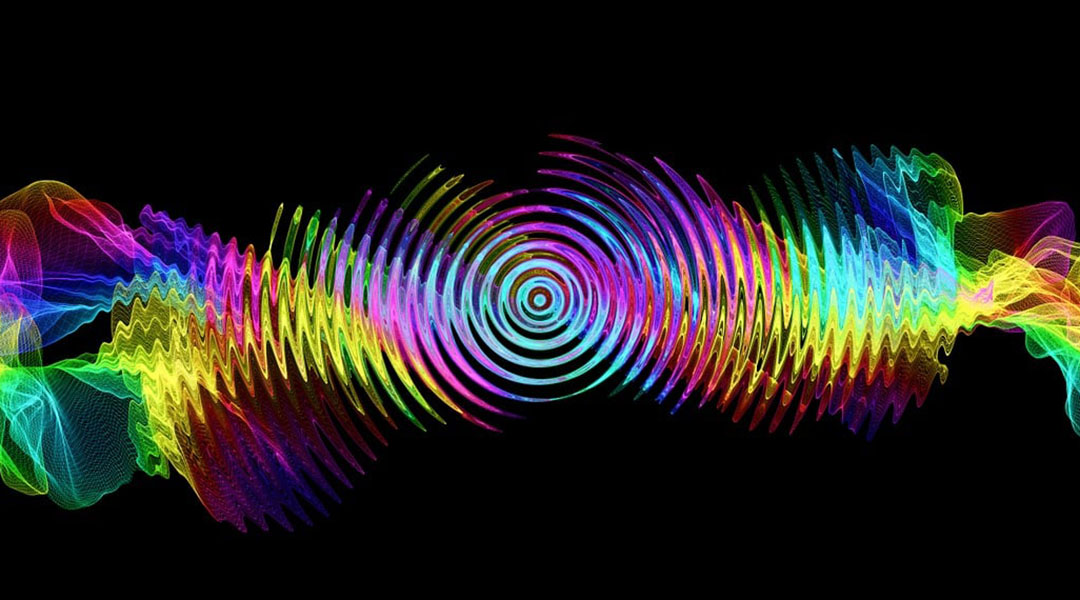
New material emitting spinning light could revolutionize optics and computing
“We’ve essentially reworked the standard recipe for making organic light emitting diodes, like those found in smartphones.”
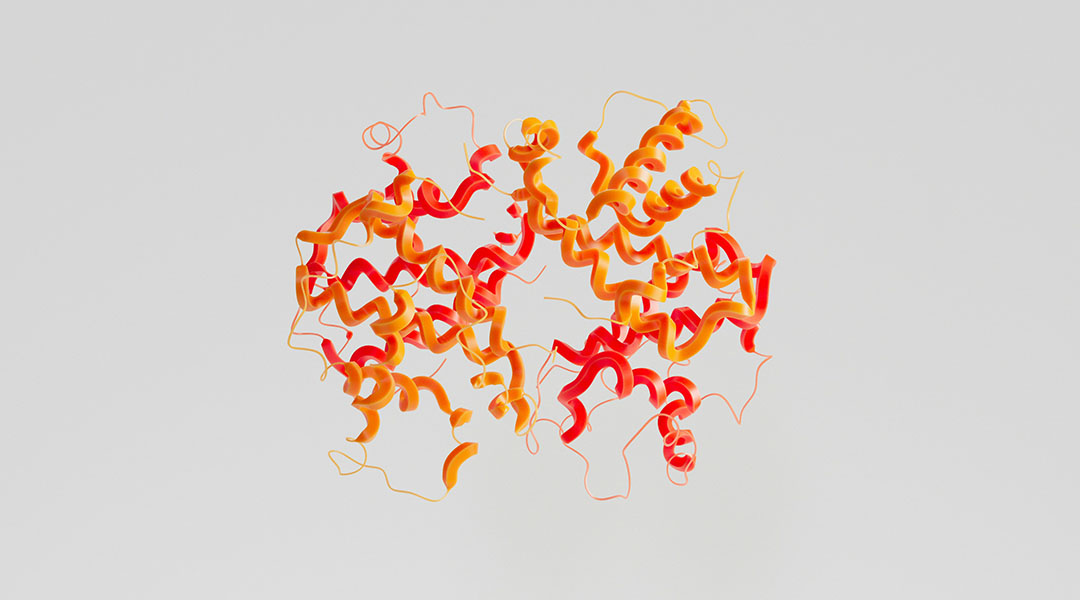
Higher hemoglobin levels linked to increased risk of polycystic ovary syndrome
A new study identified the potential pathway responsible for linking high hemoglobin to polycystic ovary syndrome.
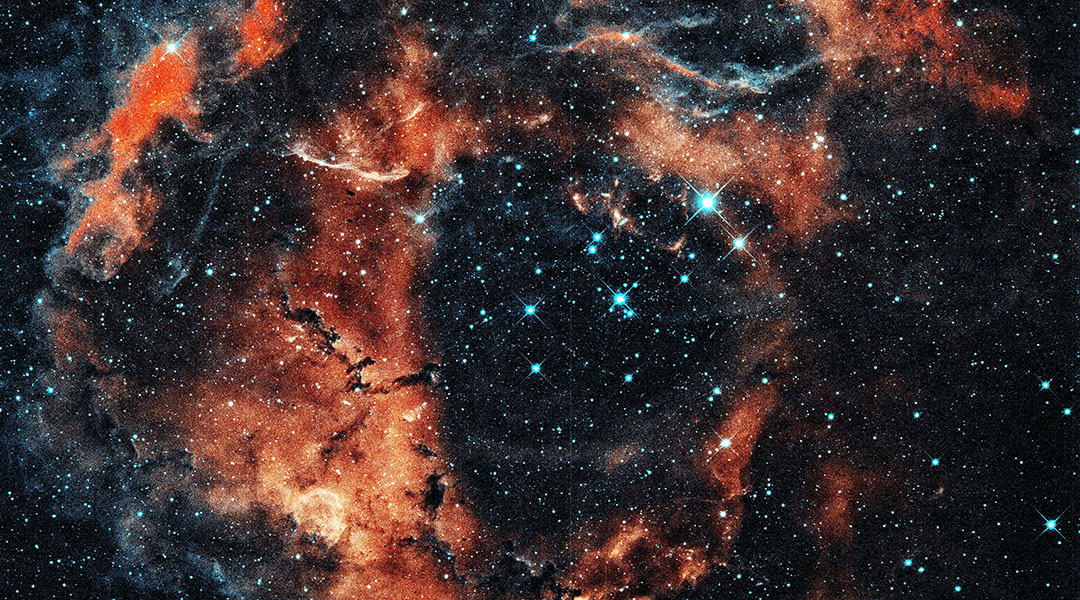
Water may have formed shortly after the Big Bang
Computer simulations show that water likely appeared in the Universe much earlier than previously thought.
ASN Weekly
Sign up for our weekly newsletter and receive the latest science news directly to your inbox.
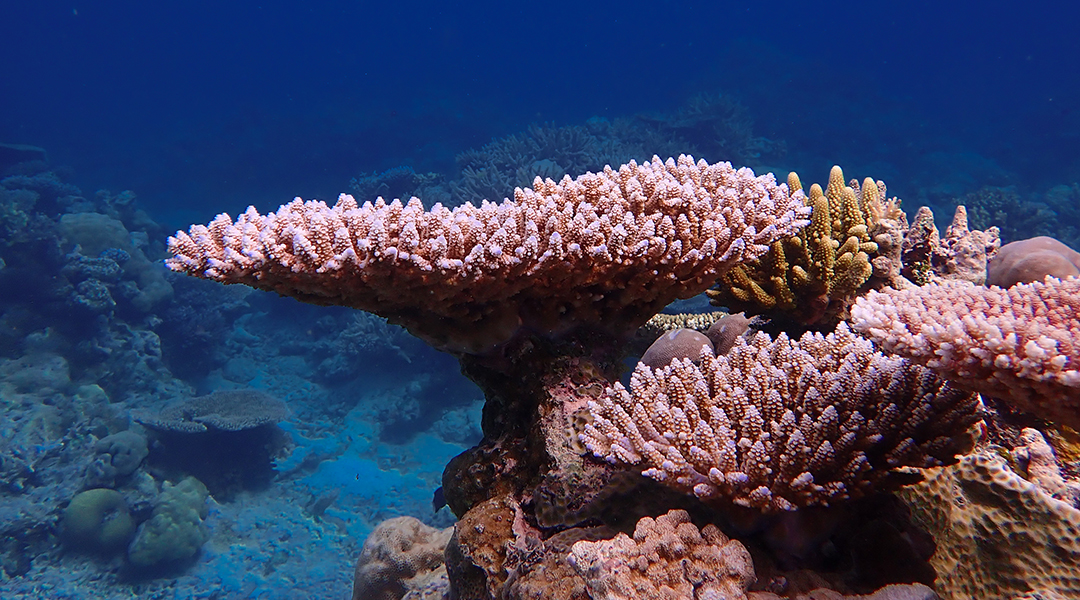
Can coral evolution keep pace with climate change?
Scientists explore how corals could adapt to climate change to survive, but stress that cutting emissions is crucial for their future.

Women with a genetic risk of depression are more likely to suffer from heart disease
Data from over 300,000 participants has revealed a potential genetic link between depression and cardiovascular disease in women.
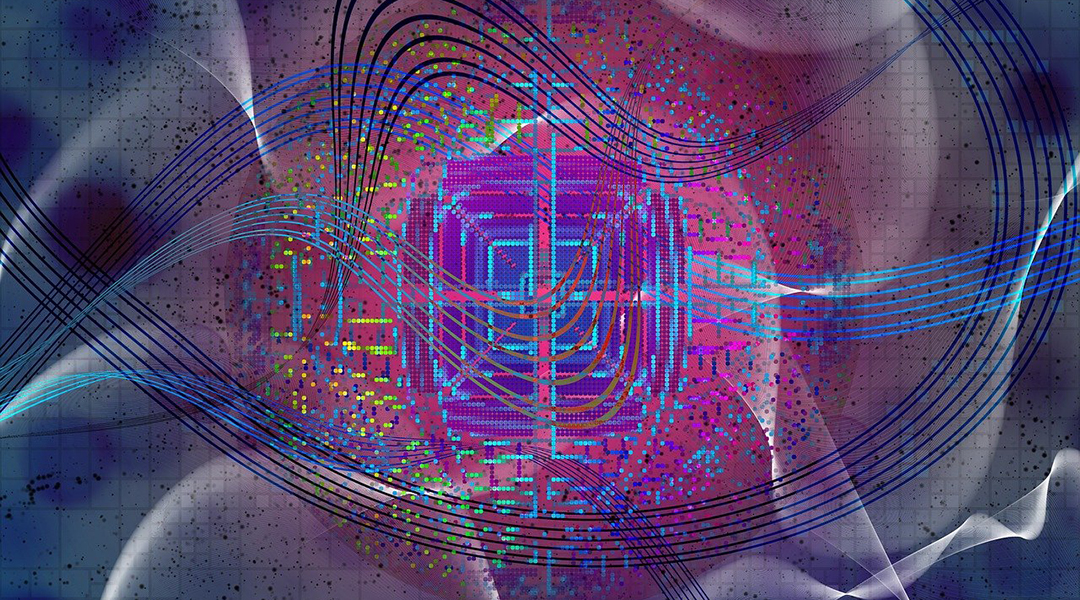
New antenna design promises major advances in quantum sensing
An antenna designed to create an optimized magnetic field puts electrons into the required quantum states for quantum sensing devices.

Solar concentrators are turning glass into clean energy generators
Transparent solar concentrators capture the Sun’s energy, making windows and building facades more energy-efficient and sustainable.
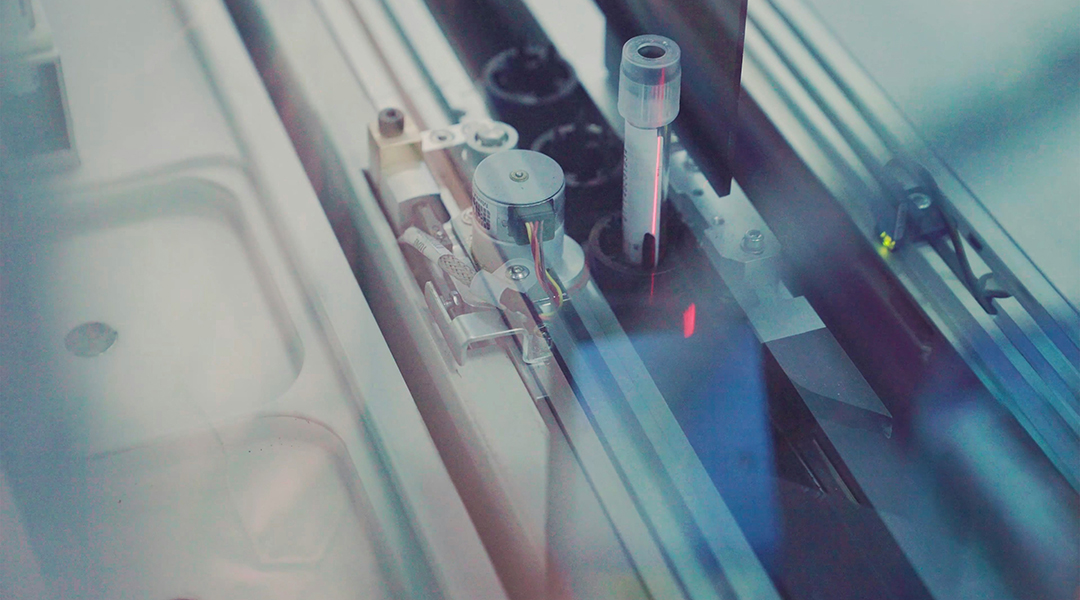
How do we balance the risks and rewards of using AI in the lab?
AI might be fast and efficient, but scientists still don’t know whether integrating it with cloud-based labs will be worth the rewards.
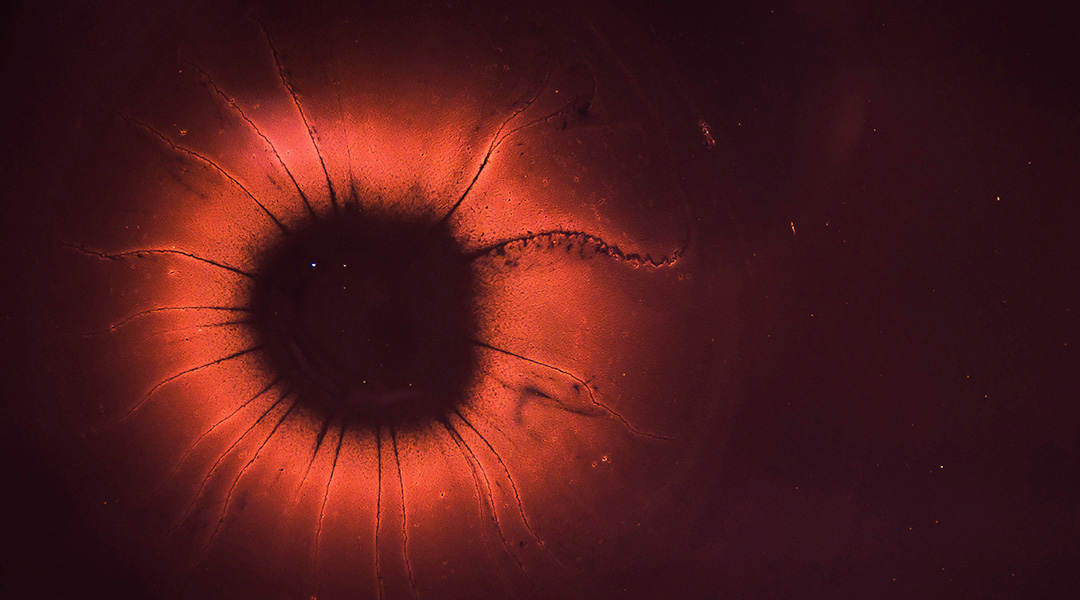
Study finds zombie cells may play a role in aging
Cells that can no longer divide may play a role in the chronic inflammation that weakens the immune system and contributes to aging.
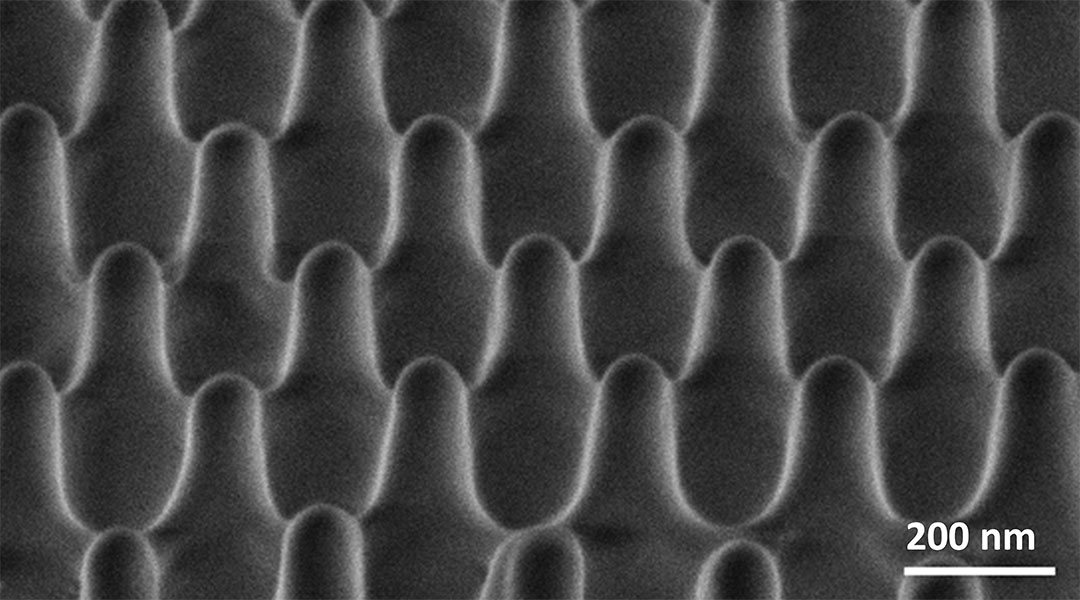
How much force does it take to kill a single bacterium?
Scientists are using nanomaterials to pressure bacteria and find new ways to combat antibiotic resistance.
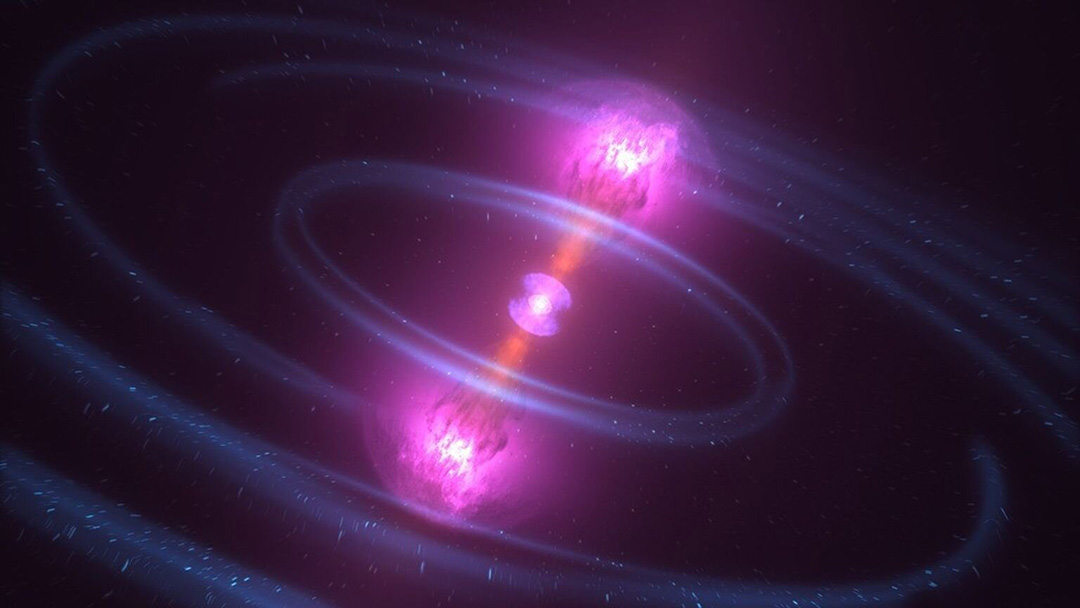
The secrets of a “rejuvenated” star revealed through its chemical fingerprint
Discover how the rare star HD 65907, a field blue straggler, formed from the merger of two stars.

Quantum communication could be integrated into existing fiber optic networks, new study shows
Quantum communication doesn’t necessarily need to be delayed; it might be possible to integrate it into existing fiber optic networks.
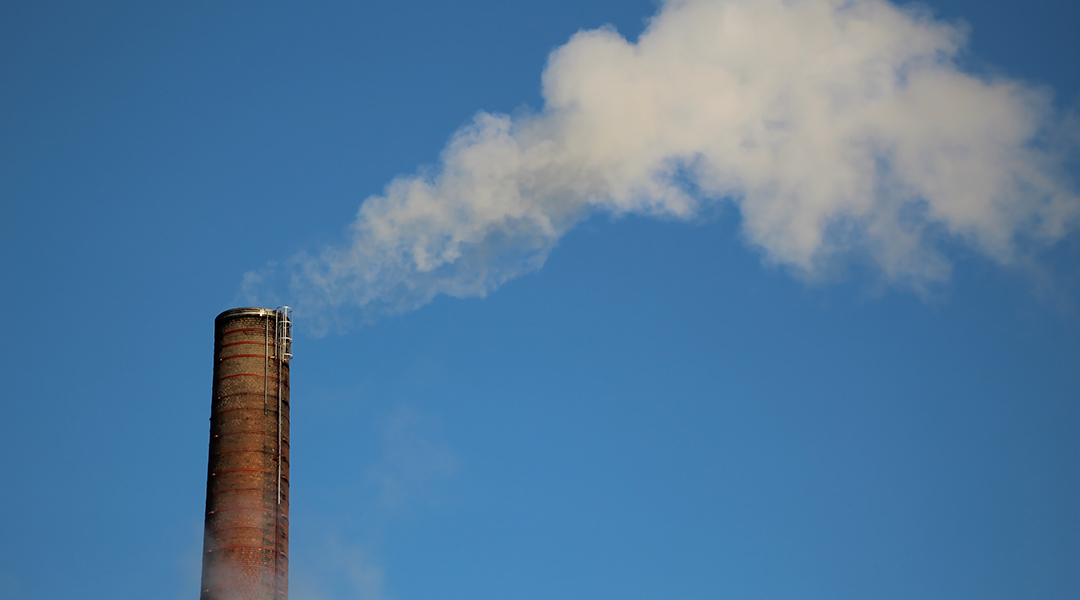
Are carbon credits actually in line with climate mitigation efforts
Carbon credits are used by companies and corporations to offset greenhouse gas emissions, but are they simply an aid for greenwashing?
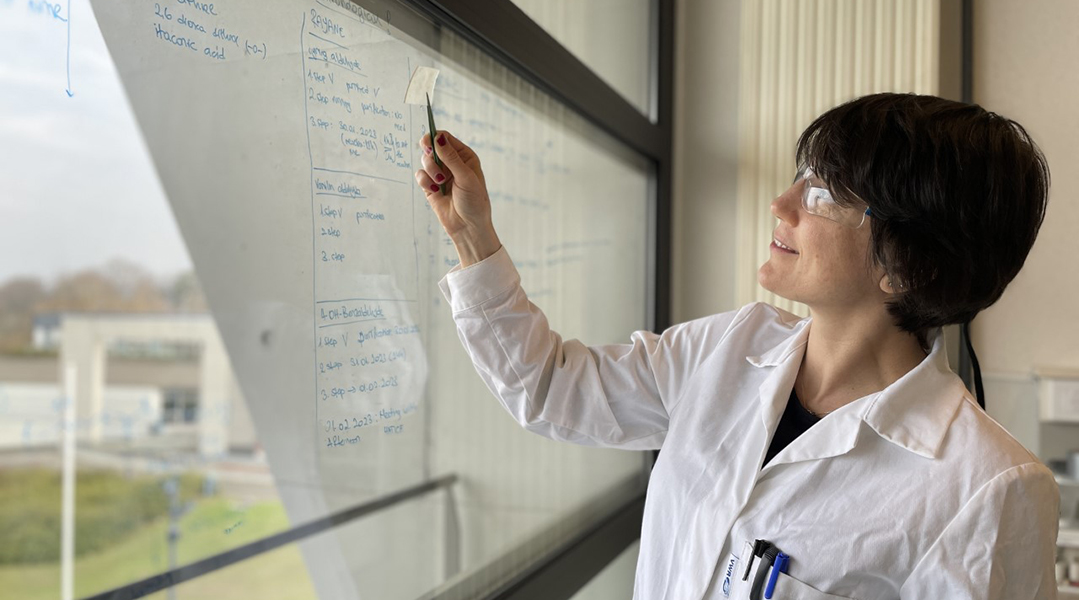
Hatice Mutlu: Circular chemistry through degradable, metamorphosing polymers
Chemist Hatice Mutlu applies zero-waste methods to create biodegradable polymers that can be used perpetually.
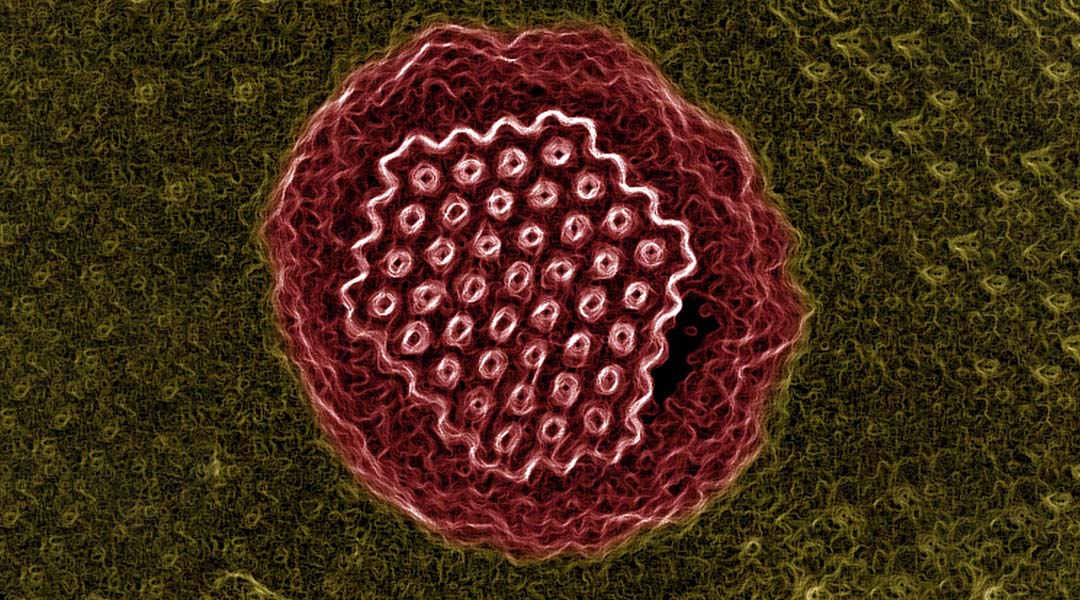
Bringing ancient viruses back to life
How seven ancient viruses ranging in age from 27,000 to 48,500 years were recovered from the Siberian permafrost, and what researchers hope to learn from them.
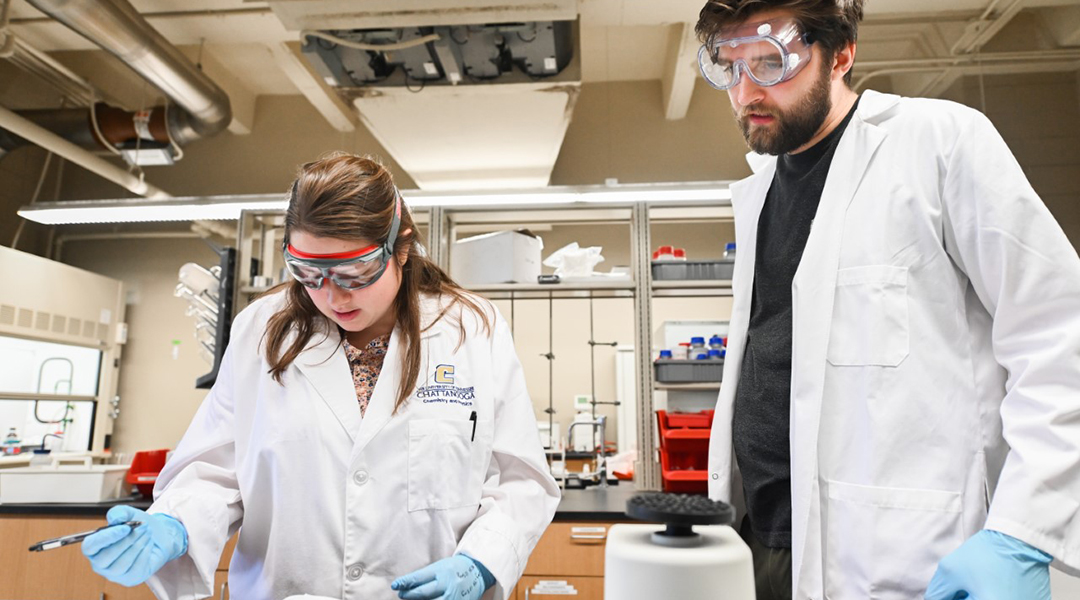
Meredith Barbee: Support your students, let them know you care about them
Meredith Barbee puts her students at the center, fostering critical thinking, independence, and skills for any career they might choose.

André Isaacs: “Be okay with making mistakes”
Through teamwork and respect, Isaacs is forming lasting relationships with his students and building a community around dance.
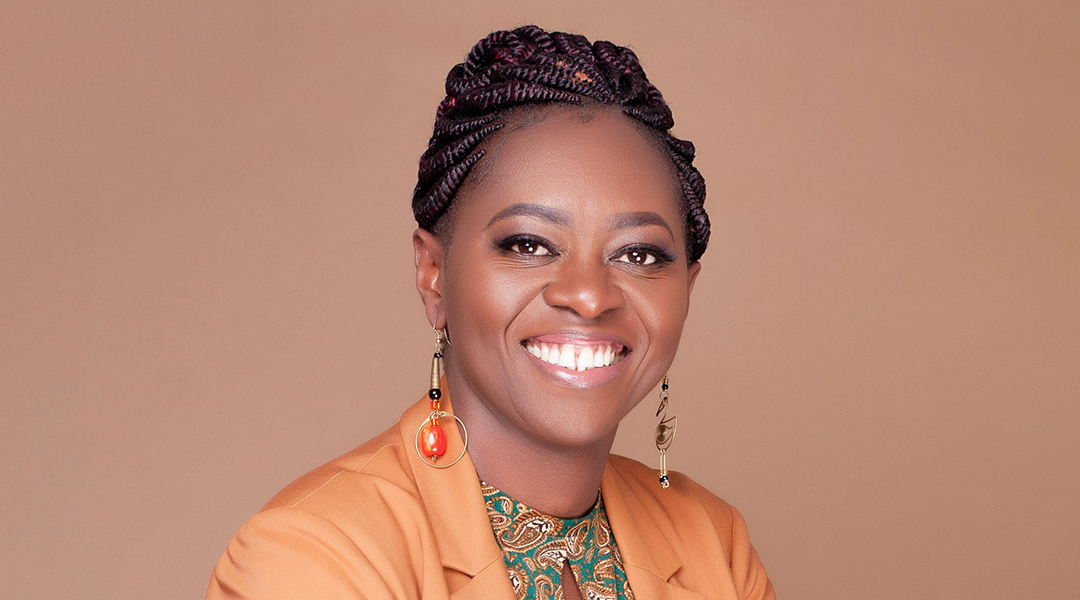
Faith Osier: “Throw yourself wholeheartedly into what you do”
With research groups spread over two continents, Osier is striving to eliminate malaria through her groundbreaking work in immunology, advocacy and awareness.
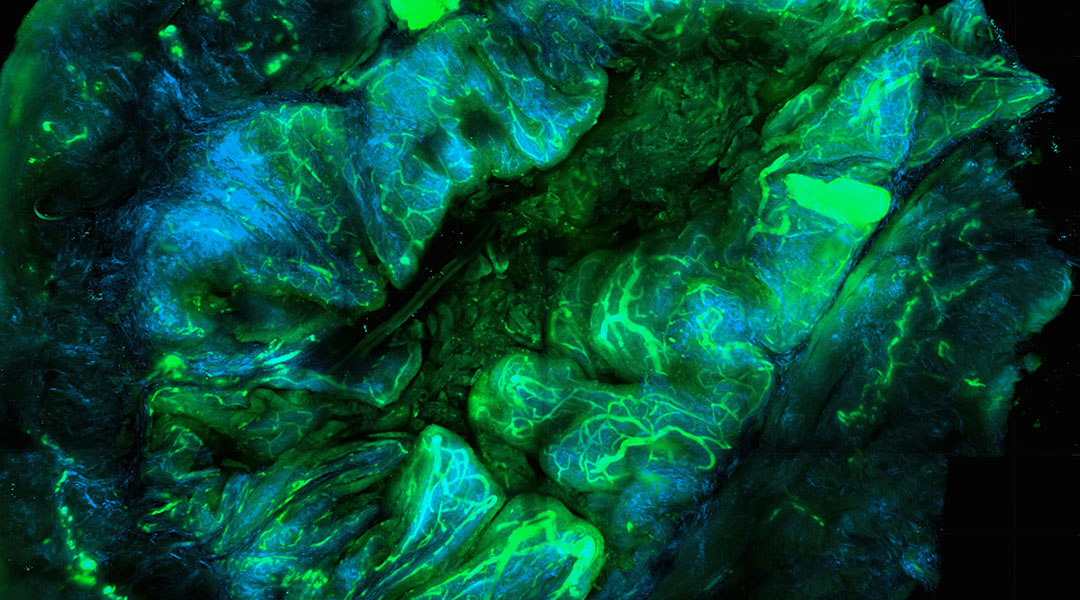
Light-activated therapy and antibiotics join forces to improve in situ cancer vaccines
Scientists integrate light therapy and antibiotics into a single platform to help the body create its own tumor vaccine.
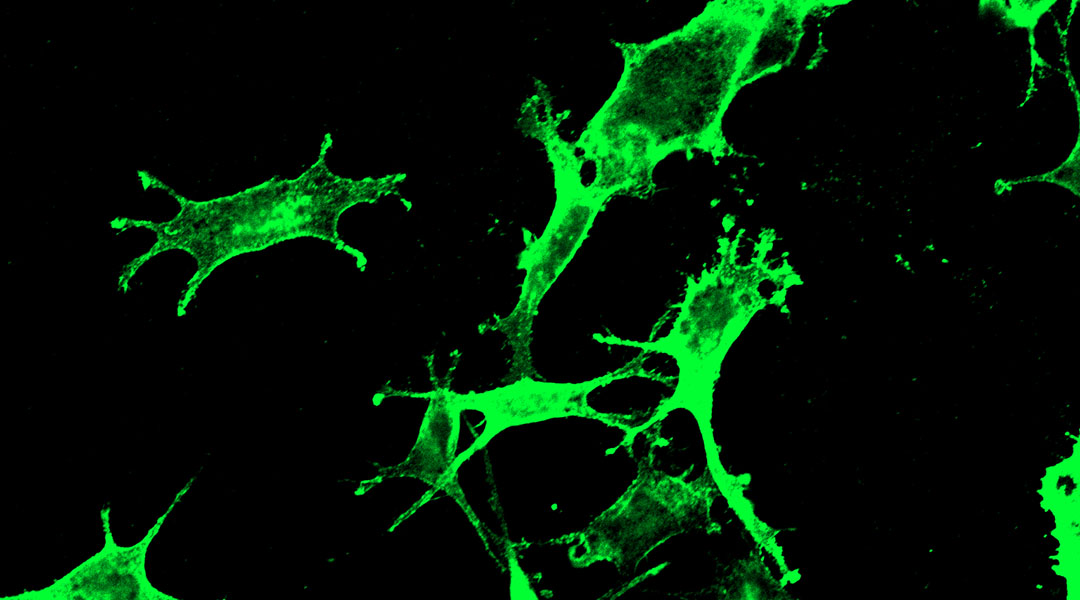
New cancer vaccine uses SARS-CoV-2 marker to harness immunity against tumors
SARS-CoV-2 marker used to trigger the immune system against cancer, showing promise in shrinking tumors and improving survival in mice.
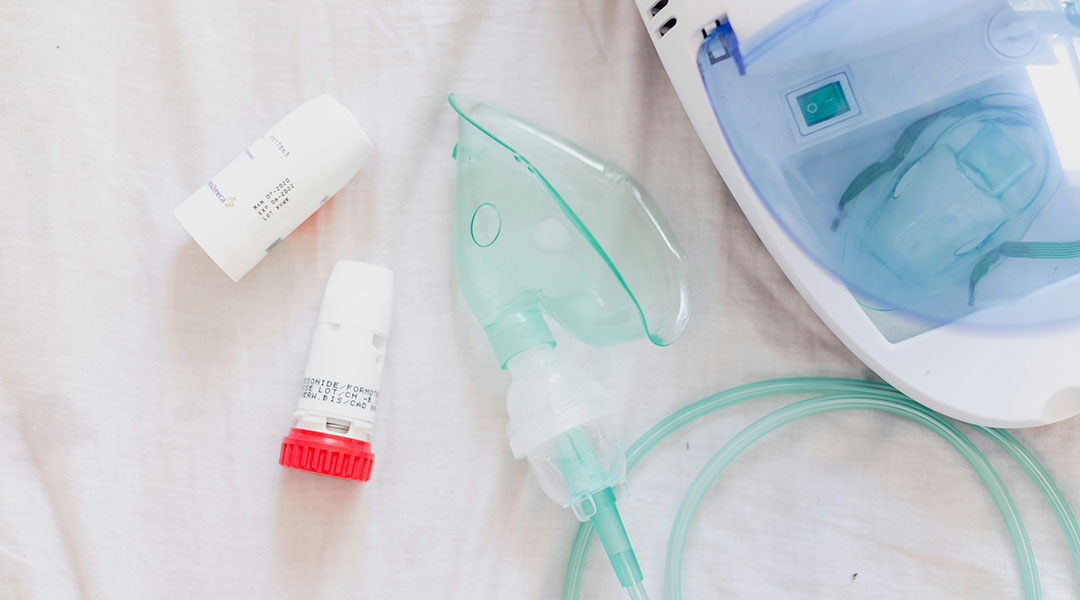
An mRNA vaccine for asthma shows promise in mice
Based on the same mRNA vaccine against COVID-19, a new prototype has shown potential to treat asthma, a condition with no known cure.
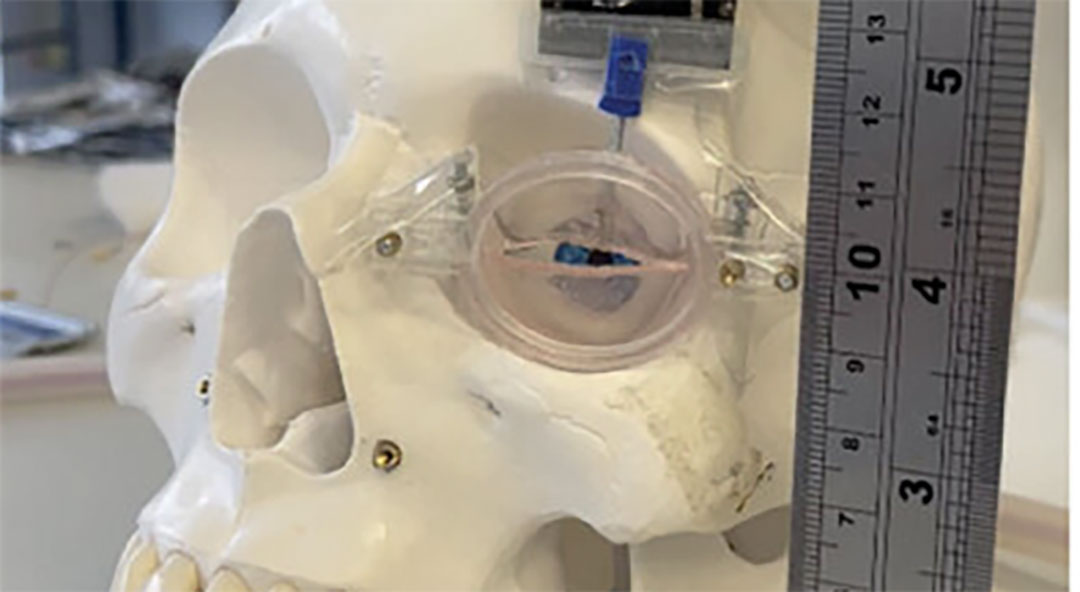
Artificial muscle could help facial paralysis sufferers blink again
A soft implant could avoid multiple surgeries and long waiting times while improving the living conditions of facial paralysis sufferers.
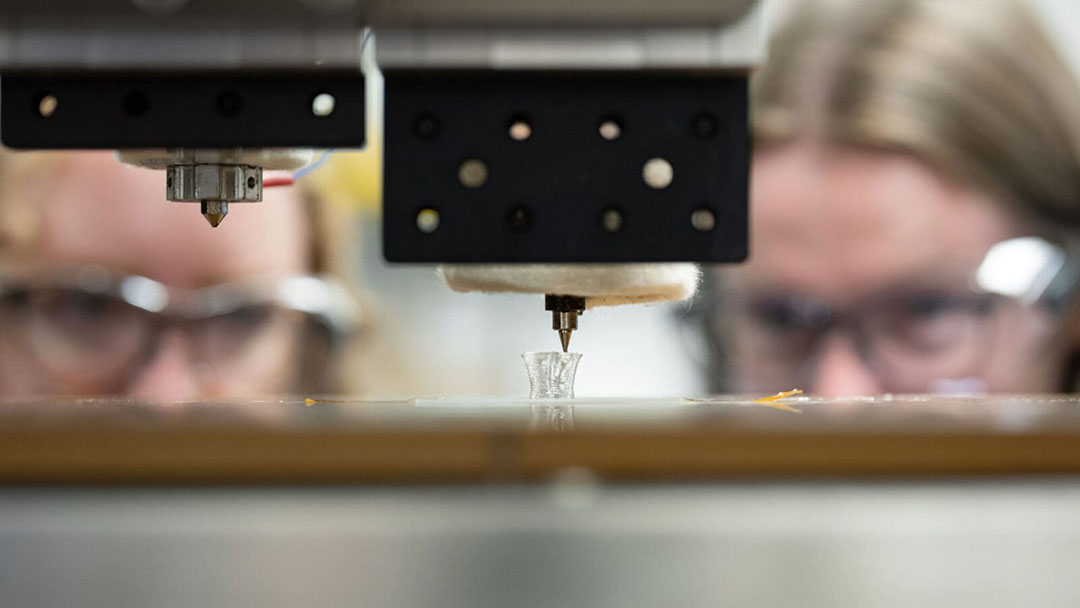
Recyclable 3D-printed plastics that heal, flex, and adapt
A 3D printing technique creates recyclable plastics with adjustable flexibility and strength for soft robots and medical devices.

Unwanted vibrations strengthen quantum dots for secure communication
Once disruptive, phonons now improve quantum dots’ behavior, making them more reliable for quantum communication and cryptography.
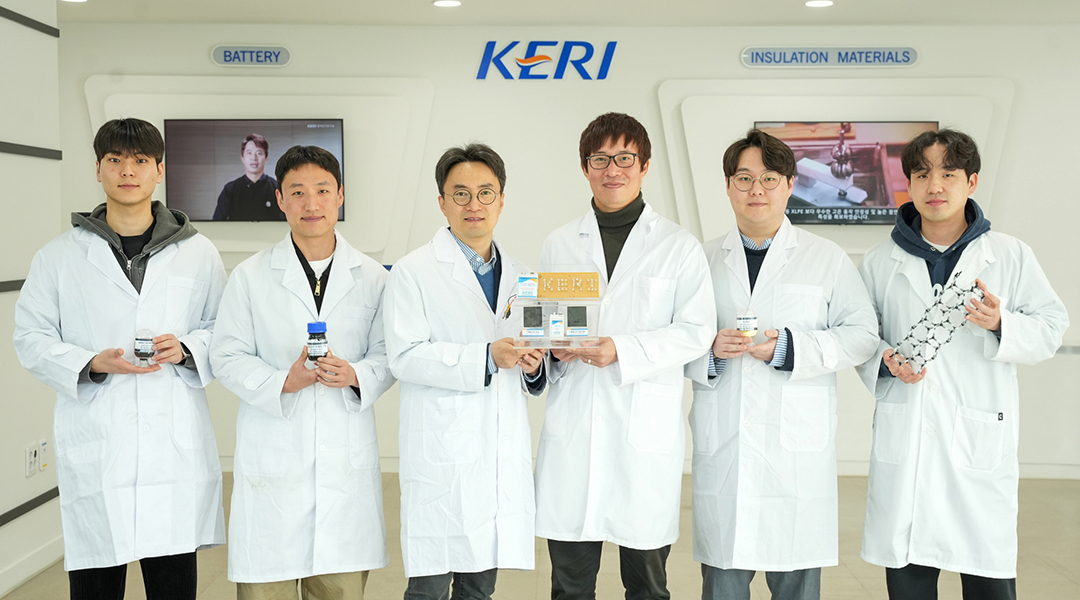
New lithium-sulfur battery design boosts lifespan and flexibility
A new battery design could overcome obstacles to making batteries with more energy storage capacity and a lower environmental footprint.

Scientists observe predator-prey dynamics in a quantum system
Scientists find predator-prey-like interactions in spinning particles, challenging physics and opening doors for quantum tech.
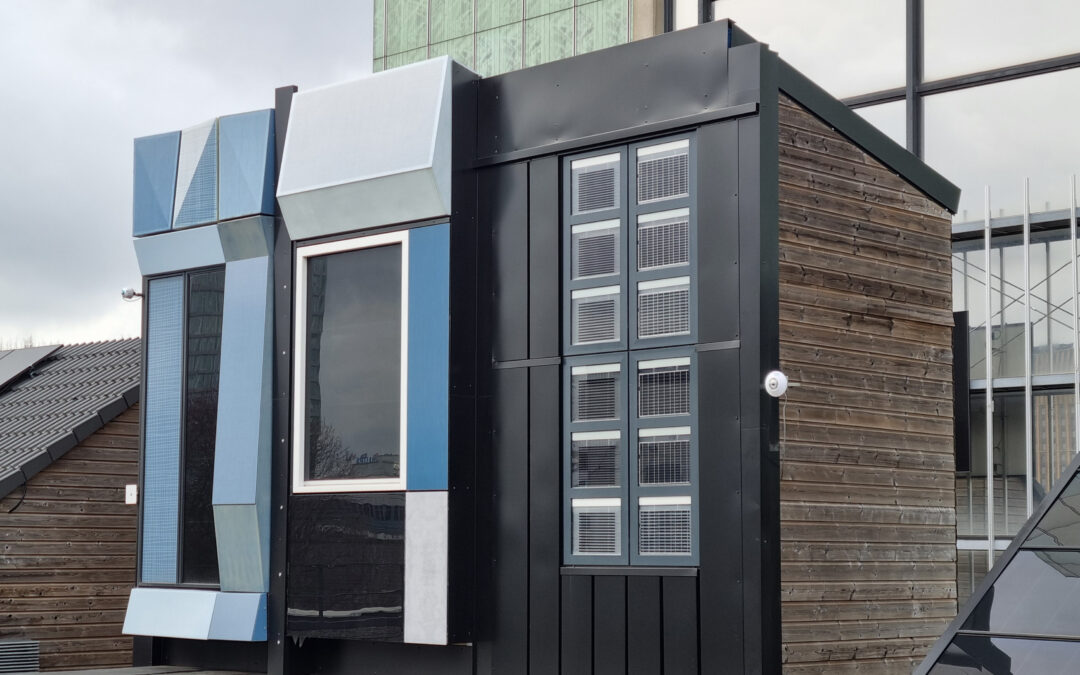
Solar windows with reflective blinds give buildings an energy boost
The innovative windows generate energy while shading building interiors from the sun, improving indoor comfort and energy efficiency.
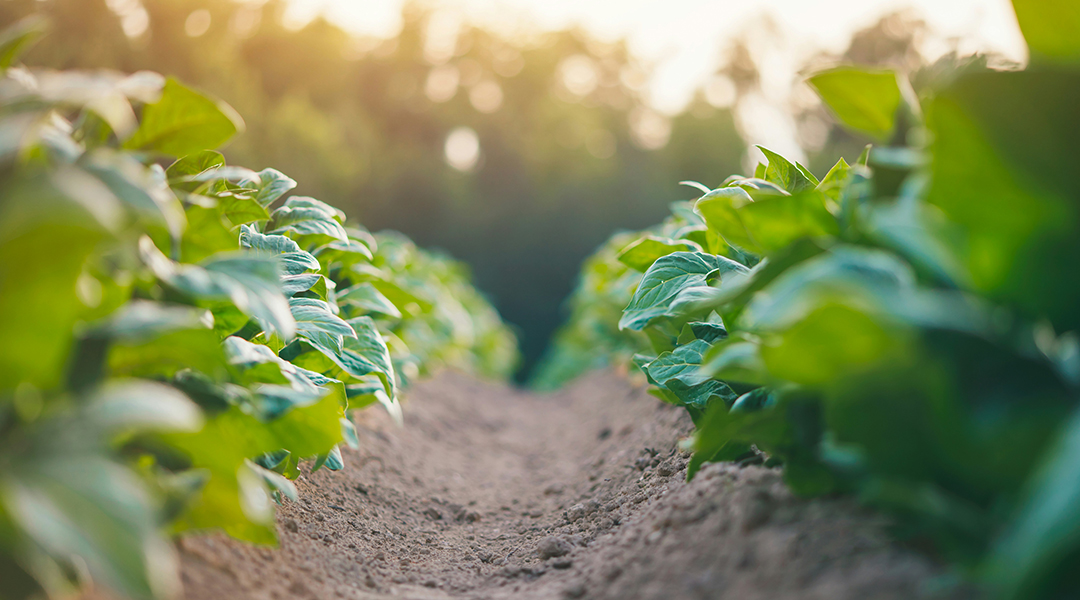
How underground fungi could make crops more nutritious—and attract bees
Scientists uncover the role of soil fungi in improving crop yields and balancing complex plant-pollinator interactions.

Can coral evolution keep pace with climate change?
Scientists explore how corals could adapt to climate change to survive, but stress that cutting emissions is crucial for their future.

Solar concentrators are turning glass into clean energy generators
Transparent solar concentrators capture the Sun’s energy, making windows and building facades more energy-efficient and sustainable.

Scientists observe predator-prey dynamics in a quantum system
Scientists find predator-prey-like interactions in spinning particles, challenging physics and opening doors for quantum tech.
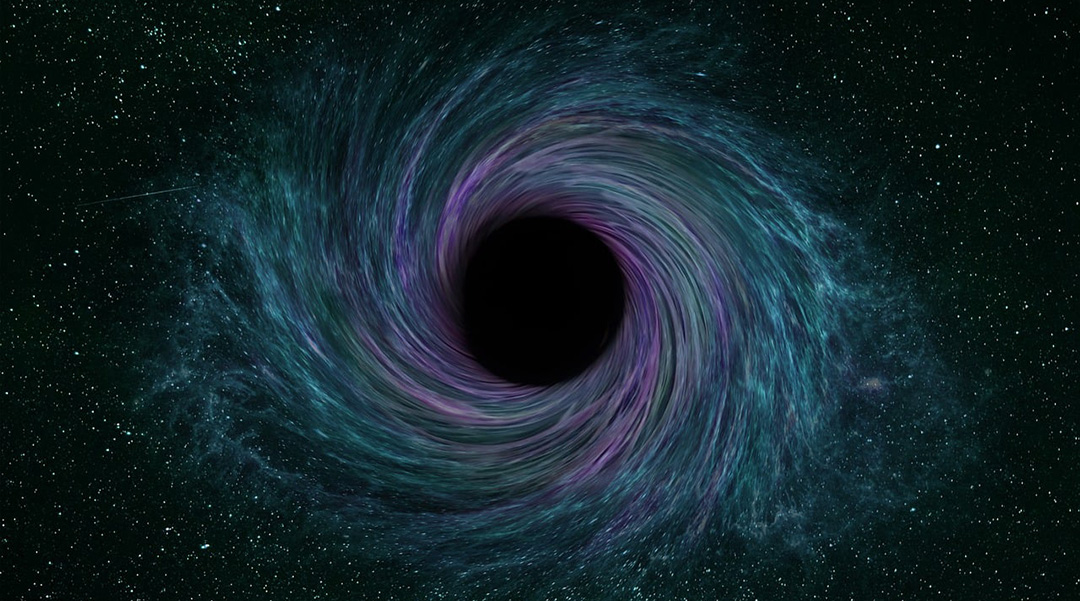
A theory of frozen stars challenges our understanding of black holes
Linking string theory with observations, frozen stars shed new light on black holes and the clash between quantum mechanics and relativity.
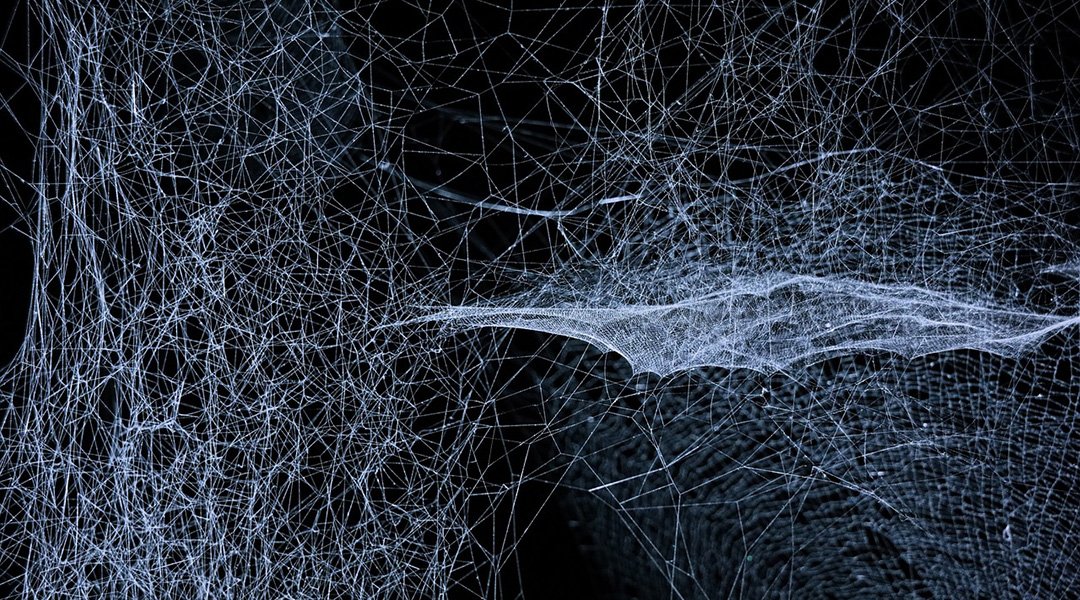
A “dark dimension” could help explain the origin of dark energy
Scientists propose that mysterious dark energy could be understood if we look at the Universe through the lens of string theory.

The secrets of a “rejuvenated” star revealed through its chemical fingerprint
Discover how the rare star HD 65907, a field blue straggler, formed from the merger of two stars.



